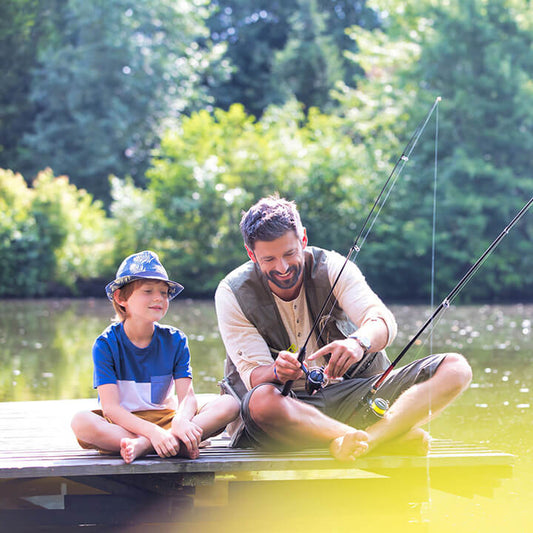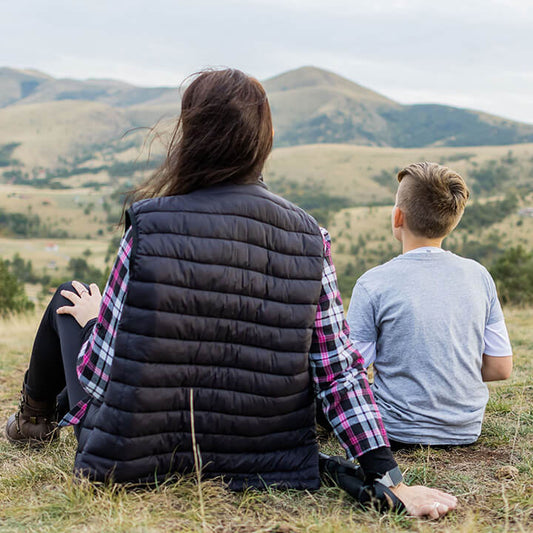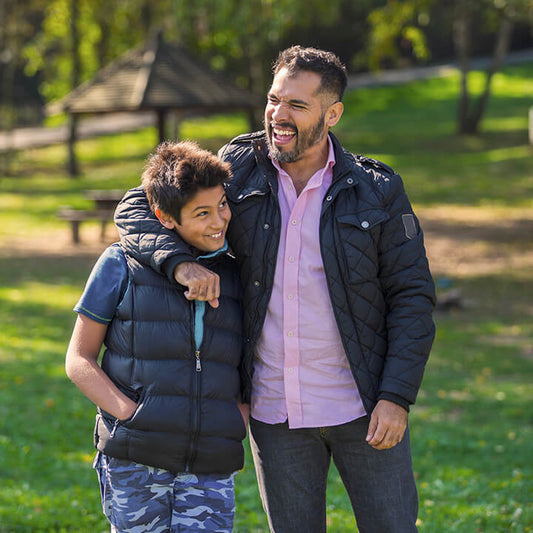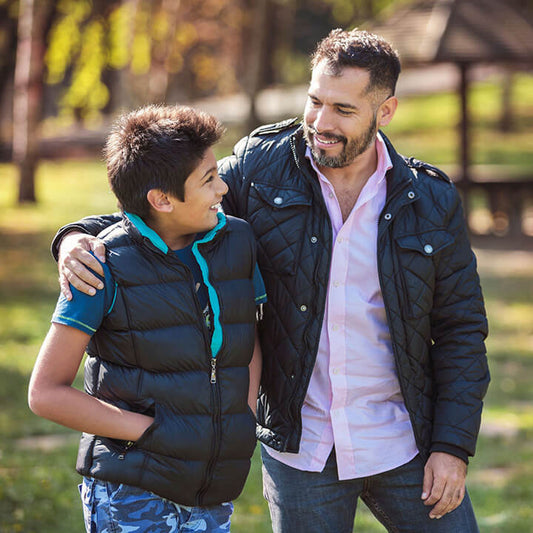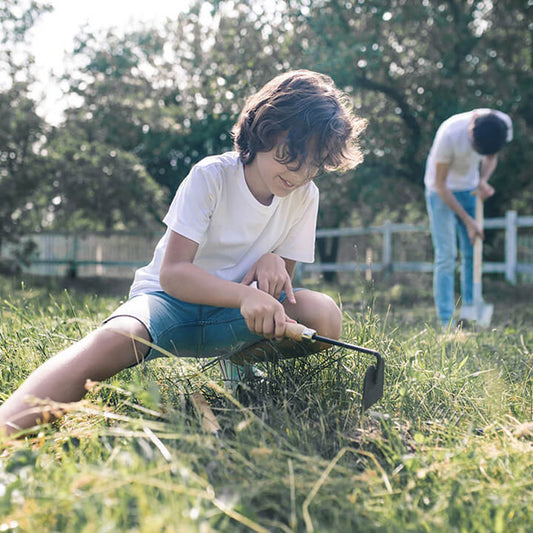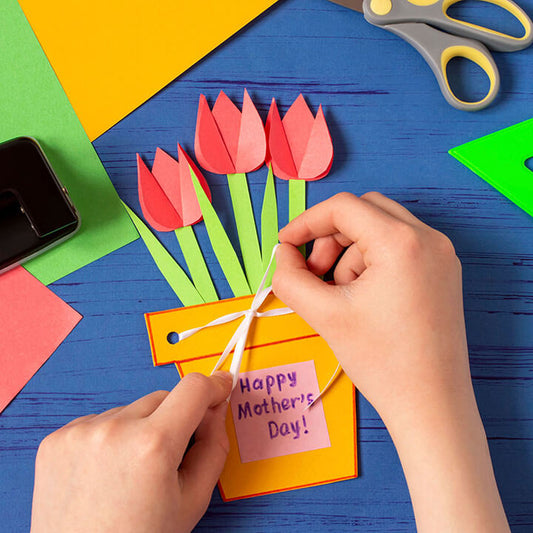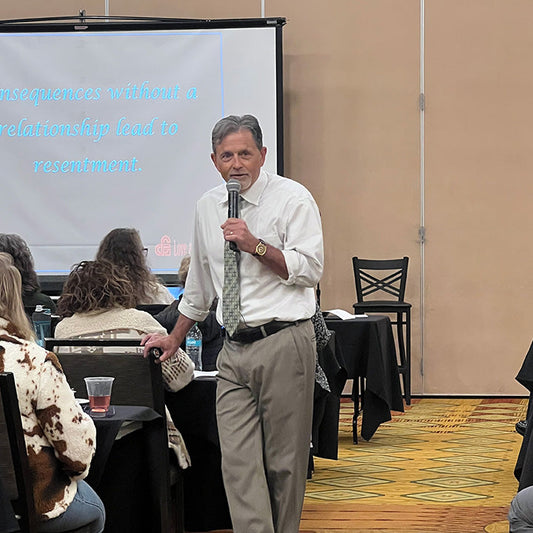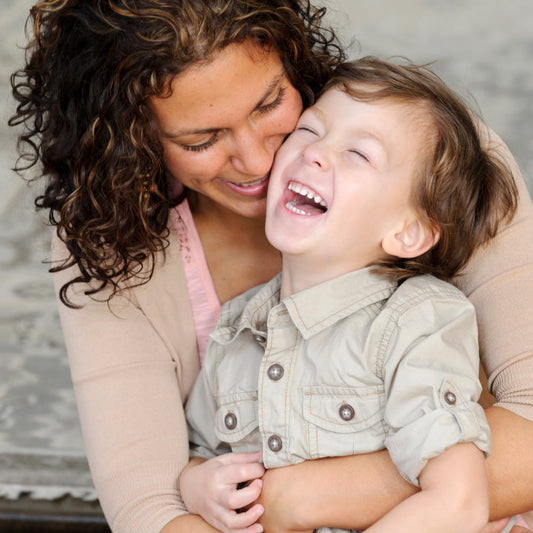Difficult times provide excellent learning opportunities for our kids. Kids who lived through the Great Depression learned many lessons about money that benefited them later in life. Now is no different, and we can take this opportunity to help our kids learn how to be financially responsible.
Kids shouldn’t be overwhelmed with our adult problems. Nevertheless, it does them no favors to keep our financial struggles a secret. Have you ever noticed how kids seem to remember best what they think they are not supposed to hear? Modeling is the most powerful teaching tool! That’s why it’s smart to let our kids see how hard we must work to earn and to save money.
Love and Logic developed a technique called Four Steps to Responsibility, which is an excellent method for teaching financial responsibility to your kids. The fours steps are listed below along with recommendations for applying them to financial management.
Step One: Give the child a task he or she can handle.
When it comes to teaching kids responsible money management, the first step involves giving them some type of allowance or “practice money” each week. With younger children, an “allowance” of cookies works better than money.
Step Two: Hope and pray the child blows it.
Most folks agree that it’s better for a child to learn money management by eating their cookies too fast at age three rather than spending their paycheck too fast at age thirty-three! As we like to say, the road to wisdom is paved with mistakes. Mistakes made earlier in life have the smallest price tags.
Avoid falling into the trap of reminding or lecturing your child at this point. Parents who do, rob their children of essential learning opportunities.
Step Three: Let empathy and logical consequences do the teaching.
After Toby ate all his crackers before “pay day,” did his parents get angry? No! Did they lecture and say, “A graham cracker saved is a graham cracker earned”? No! Did they give in when he threw a fit? No!
With great sadness in their voices, they pointed to the large calendar on the refrigerator and said, “Oh Toby, this is so sad. We give more graham crackers on Wednesday. That’s two more days.” Because Toby was a normal child, he threw a major fit.
Step Four: Give the same task again.
The fourth step to responsibility involves avoiding the temptation to lecture, remind, or tell the child what he/she “should have” learned from the consequence.
Toby’s parents just kept providing crackers on Wednesdays and Saturdays, the scheduled allowance days. Each week they noticed something interesting. Each week, his little stack of grahams lasted a bit longer.
The Most Valuable Gift
There are few gifts we can give our children that are more valuable than knowing how to handle money wisely. Adults who lack these skills live lives full of disappointment and stress. Money can’t buy happiness but wasting it can sure create a life of sadness!
The Four Steps to Responsibility audio is a Love and Logic classic that has stood the test of time and can give you more insight into how to use this technique in different ways with your kids.
Thanks for reading!


















